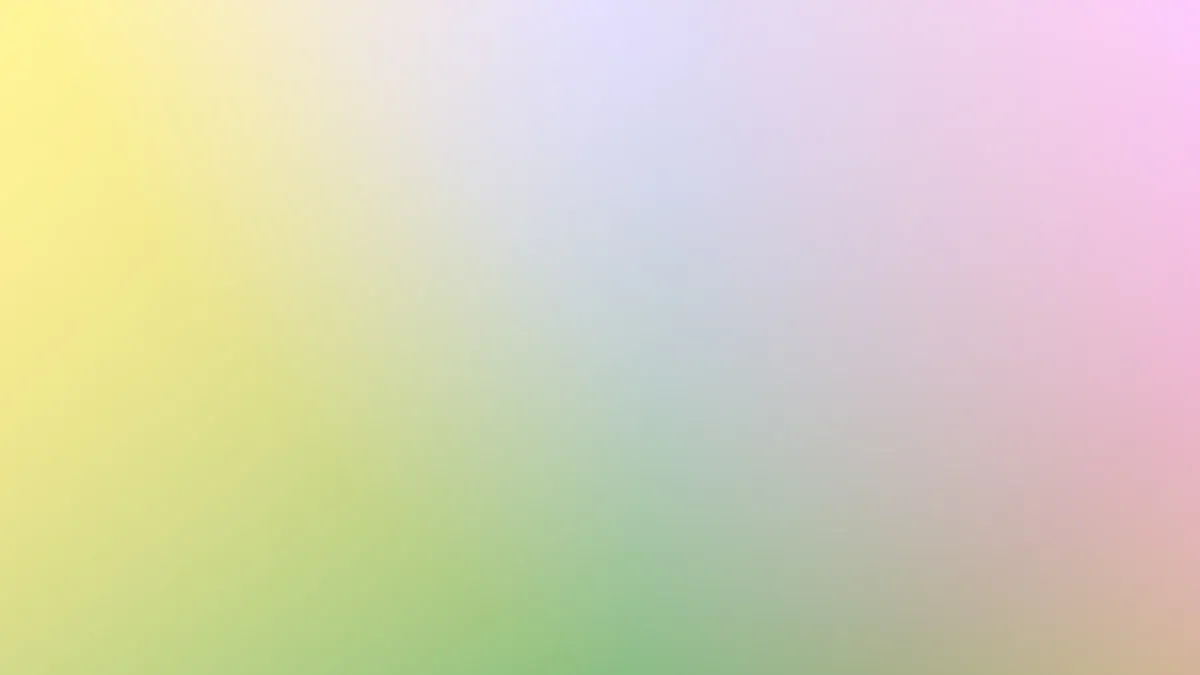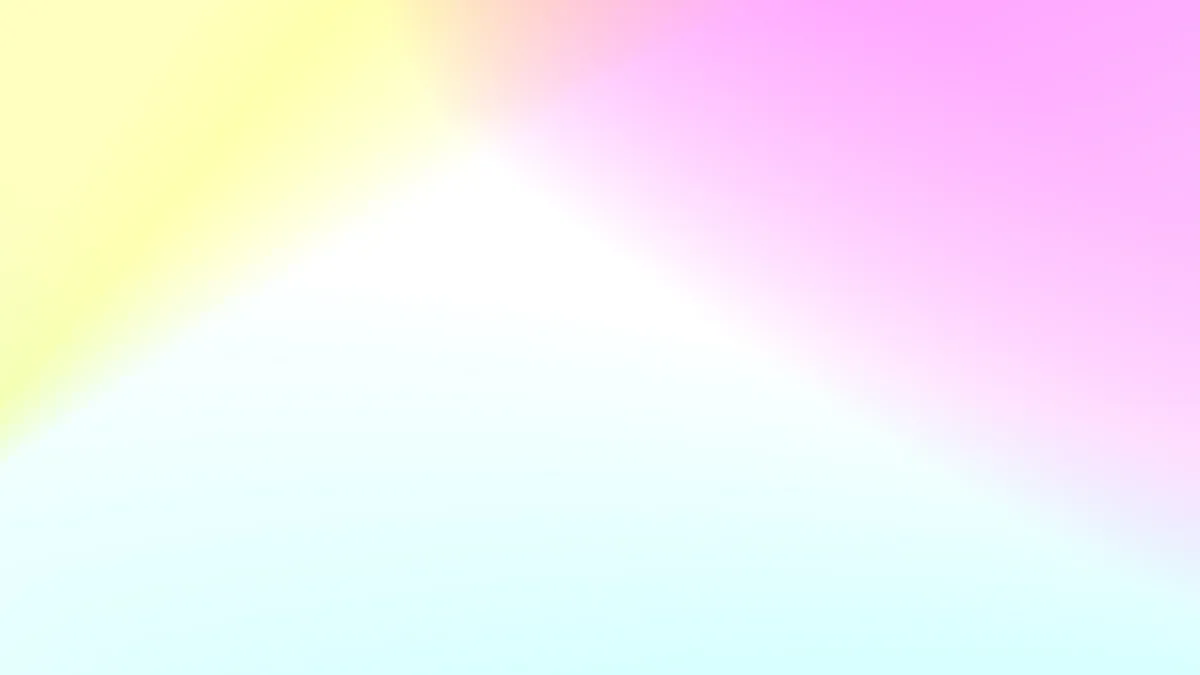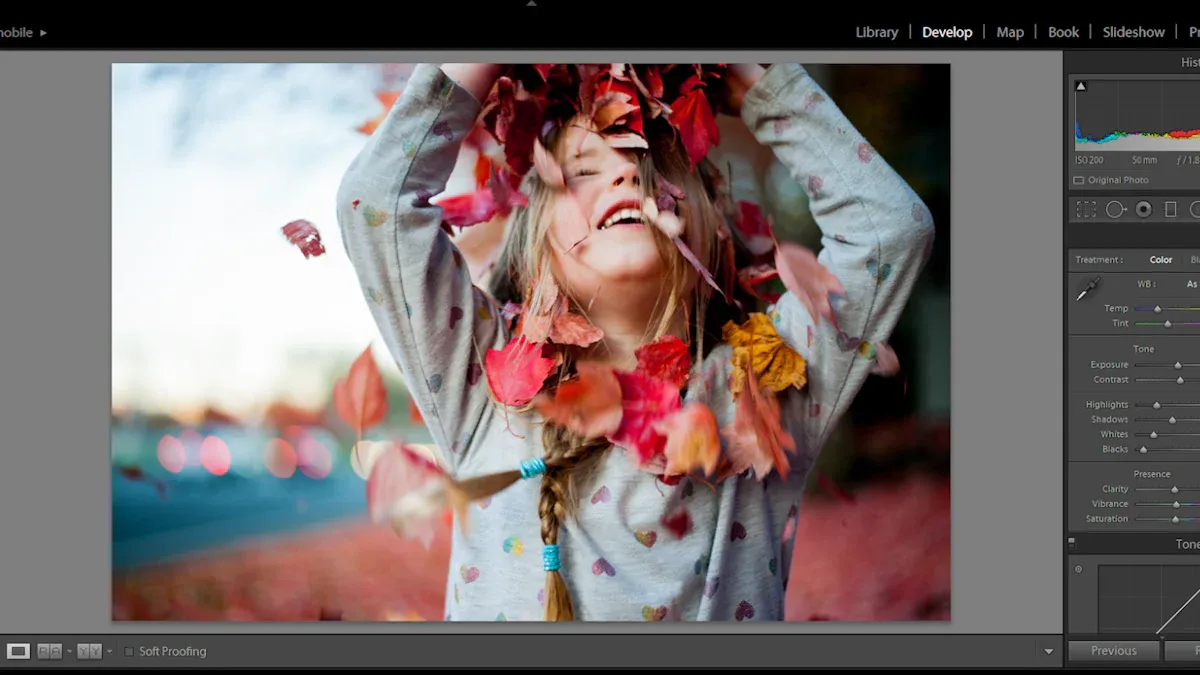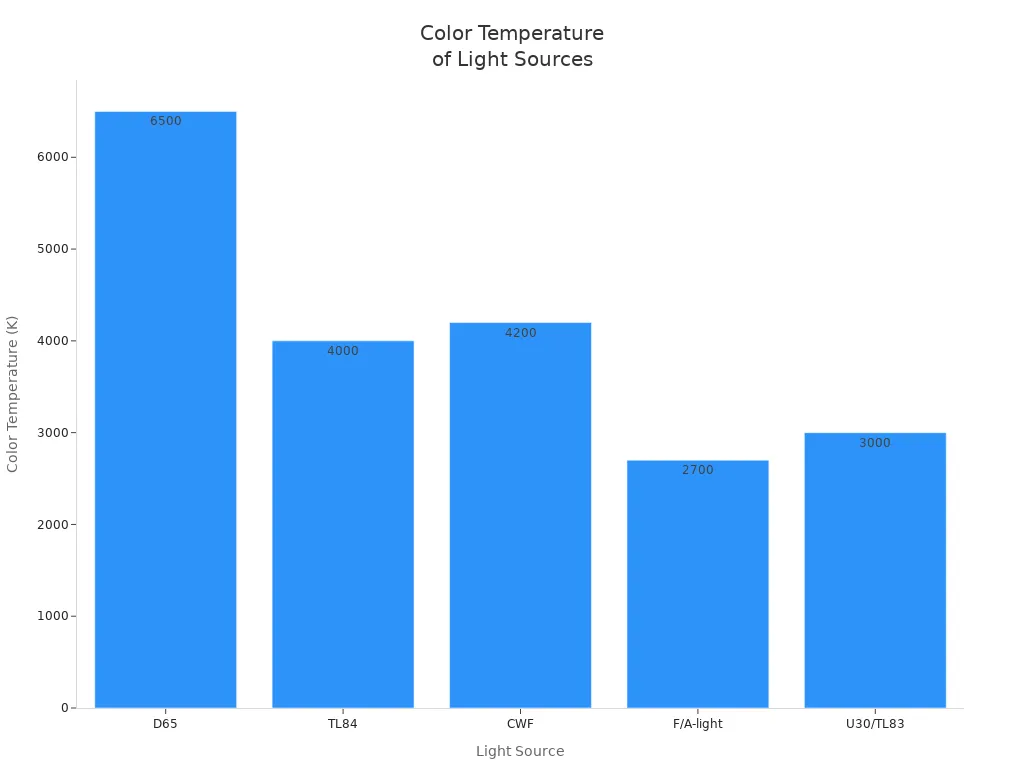Daylight Light Boxes: Benefits, Features, and How They Enhance Color Accuracy in Displays

Daylight light boxes let you see colors in light like real daylight. You use them to check if colors on displays look correct. This is important when you want to see true colors. These boxes copy daylight, so you can notice color changes you might not see with normal lights. Research shows this kind of light helps you see colors better and feel more comfortable. You can also change the light to match different daylight types. This makes your color checks more trustworthy.
Key Takeaways
Daylight light boxes copy natural daylight. They help you see real colors on screens and prints. This makes color checks more correct.
These light boxes lower metamerism. You can see color changes that normal lights might hide. This helps you avoid expensive mistakes.
Good light boxes let you change color temperatures. They have a high color rendering index (CRI). This makes colors look bright and real.
LED technology in these light boxes saves energy. LEDs last longer than old bulbs. This lowers costs and helps the environment.
Daylight light boxes are very important in many jobs. They are used in healthcare and retail. Good color is needed for quality and happy customers.
What Are Daylight Light Boxes?

Purpose and Function
Daylight light boxes help you see colors like you would outside. They let you check if colors on screens or paper look right. Many jobs, like making clothes or printing, use these boxes for color work. You can trust the results because the light always stays the same. This means your color checks are always fair and correct.
Here is a table that shows what daylight light boxes do:
Function/Benefit | Description |
|---|---|
Simulating various lighting conditions | Lets you test colors in different daylight settings for better accuracy. |
Consistency and repeatability | Gives you the same results each time, so your color checks are fair and reliable. |
Enhancing quality control | Helps you catch mistakes early, which leads to better products and happier customers. |
Tip: Some people think all light boxes are the same or hard to use. But there are many kinds, and most are easy to set up. You do not need special training to get good results.
Simulating Natural Daylight
Daylight light boxes use special lights that act like real daylight. You can trust these lights because they follow rules from groups like ASTM and ISO. This means you see colors just like you would outside on a sunny day. The boxes use daylight simulators that show all the colors, so you can spot even small changes.
Here is a table that explains how these boxes make natural daylight:
Feature | Description |
|---|---|
Light Source | Uses bulbs or LEDs that mimic the color and brightness of daylight. |
Standards Compliance | Meets international standards for color checking and visual evaluation. |
Daylight Simulation | Provides even, true-to-life light across all colors for accurate results. |
Some people think you do not need a light box for color work. But daylight light boxes give you the best and most repeatable results, especially when you need perfect color matches.
Benefits of Daylight Light Boxes
Color Consistency and Accuracy
You want your colors to look the same every time you check them. Daylight light boxes help you do this. They give you steady, natural light, so you can match colors with confidence. When you use these boxes, you see fewer mistakes in color. This means your work looks better and you save time fixing errors. Many people in printing, design, and manufacturing trust these boxes for their color checks.
Reduced Metamerism
Metamerism happens when two colors look the same under one light but different under another. This can cause big problems in color-critical work. You can avoid this by using daylight light boxes. Here is how they help:
They give you controlled lighting that copies real daylight.
You can test colors in different daylight settings, like bright sun or cloudy skies.
Multi-source light boxes let you spot color changes that normal lights might hide.
You find color mismatches early, so you can fix them before they become bigger issues.
Eye Comfort and Clarity
You spend a lot of time looking at colors. Your eyes can get tired if the light is too bright or too dim. Daylight light boxes use the right amount of light to keep your eyes comfortable. Studies show that the right lighting helps you work better and feel less tired. Look at the table below to see what researchers found:
Study | Findings |
|---|---|
Bian et al. | High productivity at illuminances below 2000 lx; discomfort at 3000 lx. |
Wang et al. | Work performance declined as illuminance increased from 750 lx to 1000 lx. |
Kaida | Visual task performance improved after exposure to 2000 lx for 30 minutes. |
You also save energy and money with LED technology. LEDs use less power and last longer than old bulbs. This means you spend less on electricity and replacement lights.
Key Features of High-Quality Light Boxes
Adjustable Color Temperature and CRI
High-quality light boxes let you change the color temperature. You can match the light to different daylight types. This helps you see colors as they really are. These boxes also have a high CRI. Colors look bright and natural with high CRI. This is important for jobs like photography and art. You can trust your reds, blues, and greens to look right.
CRI means how well a light shows colors like daylight.
High CRI makes colors look true and lively.
You can make the light warm or cool by adjusting the color temperature.
Superior illumination technology lets you control the light. You can try different settings to get the best results.
Uniform Illumination and Reflective Interiors
You need even light to check colors well. High-quality light boxes spread light across the whole area. Reflective interiors bounce light around inside the box. Every part of your sample gets the same amount of light. This setup helps you see fewer color mistakes.
Uniform lighting and reflective interiors keep the light steady. You can trust your color checks because the light does not change.
Customization and Energy Efficiency
You can change high-quality light boxes to fit your work. Many boxes let you dim the lights or pick different settings. Superior illumination technology uses LED bulbs. LEDs save energy and last longer than old bulbs. LEDs also make less heat, so your workspace stays cool.
Here is a table that shows how LED bulbs and old bulbs compare:
Lighting Type | Wattage Needed | Energy Savings |
|---|---|---|
Traditional Bulb | Up to 60 watts | N/A |
LED Bulb | 10 watts | Big savings |
LED daylight light boxes help the environment too. They use less power and make fewer greenhouse gases. LEDs have more parts you can recycle than fluorescent models.
Aspect | LED Lightboxes | Fluorescent Models |
|---|---|---|
Greenhouse Gas Emissions | Lower because of less energy | Higher because of more energy |
Lifespan | Over 50,000 hours | About 10,000 hours |
Recycling Potential | More parts can be recycled | Fewer parts can be recycled |
Energy Efficiency | Energy Star certified | Not as efficient |
Compliance with Standards | Meets RoHS and eco-labels | May not meet strict rules |
With bright light and good technology, you get good color checks. You also save money and help the planet.
Enhancing Color Accuracy in Displays

Mechanisms for Accurate Evaluation
You need special tools to check colors on screens. Daylight light boxes use advanced LEDs to copy different kinds of light. These boxes let you see colors under daylight, store light, or UV light. You can switch between lights like D65, TL84, and F/A-light. This helps you notice color changes that normal lights might hide.

You get results you can trust because these boxes follow strict rules like ISO 3664 and ASTM D 1729. The light stays steady and even, so you can believe what you see. Some models, like VeriVide Light Booths, use LEDs that meet world standards. This means you can check colors the same way every time, no matter where you are.
Note: Premium LEDs in new light boxes cover big color spaces like sRGB and Adobe RGB. You can change the color temperature to fit your needs. This makes your color checks more exact.
Calibration Process
You can use daylight light boxes to set up your displays step by step. Here is an easy way to do it:
Set Up the Light Box: Put your display or sample inside the box. Make sure it is clean and has no dust.
Choose the Right Light Source: Pick the light you need, like D65 for daylight or TL84 for store light.
Adjust the Display: Change your display’s settings to match the color in the box. Look for any color changes or mismatches.
Compare Samples: Put printed samples or color swatches next to your display. Check if the colors match under the light you picked.
Repeat as Needed: Try other light sources to see how colors change. Make small changes until you get the best match.
General lighting | ||
|---|---|---|
Core Function | Professional color detection, simulating a standard light source environment | General lighting, meeting basic brightness and ambient needs |
Supports multi-light source switching (such as D65, A light source, etc.) | Single light source (mainly warm or cool light, non-customizable switching) | |
Color Accuracy | Extremely high (high color rendering index of the light source), reducing color errors | Low (low color rendering index of the light source), large color deviation |
If you have problems, you can fix them. If the light is not even, move the LEDs or get a better diffuser. If the light flickers, check the power or update the LED drivers. Always use good LEDs and keep the box clean for the best results.
Real-World Applications
Many jobs need accurate color checks. You can find daylight light boxes in places where color is very important:
Aerospace
Apparel
Automotive
Building Materials
Cosmetics & Personal Care
Food & Drink
Graphics Prints & Inks
Homeware
Medical & Pharmaceutical
Packaging
Paints & Coatings
Photography
Plastics
Technical Textiles
Textiles & Apparel
Here are some real-life examples:
Professional Setting | |
|---|---|
Medical Facilities | Helps surgeons see small color differences during surgery. |
Retail | Makes products look better, which helps customers choose. |
Professional Setting | Description |
|---|---|
Healthcare | Light boxes help doctors see X-rays and MRIs clearly. This gives better results for patients. |
Art and Photography | Artists use light boxes for tracing and editing. They can change the color temperature to get the best look. |
Surgical Rooms | Surgeons need to see colors clearly to tell tissues and blood apart. |
Retail | Good color makes products look fresh and nice to buyers. |
Interior Design | Seeing true colors helps create the right mood in rooms. |
Tip: New LED technology lets you see more colors than before. You can use tunable white light to change the color temperature. This helps you get the best results for today’s displays.
You can trust daylight light boxes to give you the most correct color checks. They help you avoid mistakes and make sure your products look great.
Daylight light boxes help you see colors the right way on screens. They give you steady, natural light. This makes it easier to notice color changes and avoid mistakes. Many people say they feel more relaxed and can focus better with daylight. LED light boxes also save you money because they use less power and last a long time.
78% of workers feel happier with daylight at their jobs.
LED lights lower your power bill and are better for the planet.
Experts say you should set your light box and monitor to the same color temperature, like 5000K or 6500K.
Pick a good daylight light box to get better results and keep your eyes safe. Using the right tools makes color work easier and more correct.
FAQ
What is the main purpose of a daylight light box?
You use a daylight light box to see true colors. It helps you check if colors on screens or prints look correct. This tool gives you steady, natural light for color work.
How do you use a light box for display calibration?
You place your display or sample inside the box. You turn on the right light setting. You compare the colors on your display to printed samples. You adjust your display until the colors match.
Can you use a daylight light box for light box photography?
Yes, you can use a daylight light box for light box photography. It gives you even, natural light. Your photos show true colors and fewer shadows. This helps you get clear and accurate images.
Why is color temperature important in a light box?
Color temperature changes how colors look. You pick the right temperature to match daylight or store light. This helps you see colors as they really are in different places.
Do LED light boxes save energy?
LED light boxes use less power than old bulbs. They last longer and make less heat. You save money on electricity and replacement bulbs.
Tip: Clean your light box often. Dust can change how the light looks and affect your color checks.
See Also
Exploring Acrylic Light Boxes: Uses, Advantages, and Choosing Tips
Types and Benefits of Acrylic Photo Light Boxes Explained
Understanding Acrylic Display Boxes: Features and Their Uses
Key Specifications and Performance Factors for Acrylic Light Panels

